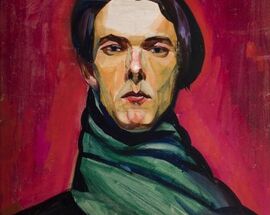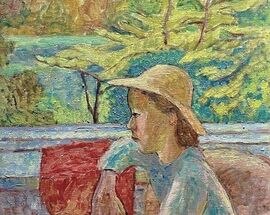The Kapists. 100th anniversary!
Oct 11 - Apr 6 2025
ul. Piłsudskiego 12
Date
Venue
Wed 10:00-16:00; Thu, Fri, Sat, Sun ; Tue 10:00-18:00
Oct
11
2024
- Apr
6
2025
Józef Czapski Pavilion (MNK Czapscy)
ul. Piłsudskiego 12
ul. Piłsudskiego 12



_m.jpg)

